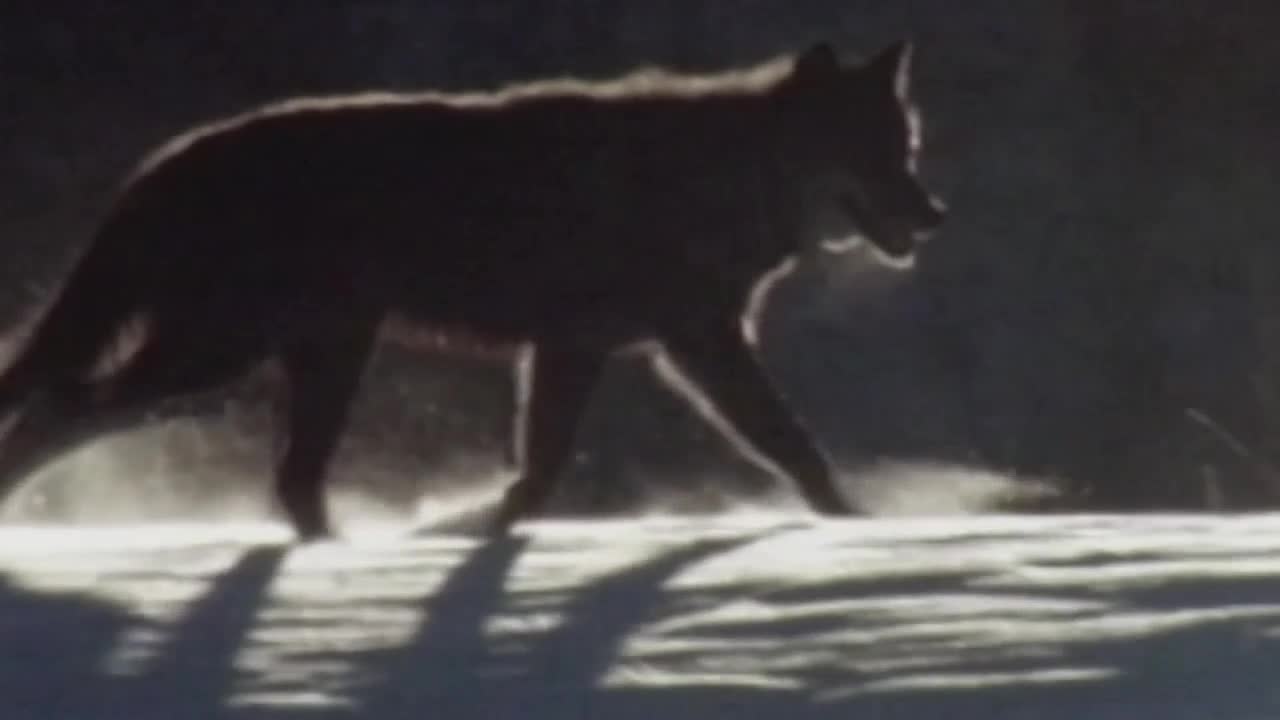HELENA — On Thursday, the Montana Fish and Wildlife Commission made updates to wolf hunting and trapping in Big Sky Country, with changes specifically targeting the most populated areas of the state.
The commission increased the number of wolves that can be harvested statewide from 334 to 458, a 37% increase.
(Montana increases wolf hunting quotas and tags per person)
During the 2024-2025 hunting and trapping season, a total of 297 animals were harvested. Of those, 178 were taken by hunters and 119 were taken by trappers.
The commission removed most of the specific quotas for each region, instead opting for a statewide 452 wolf quota. A specific quota of 60 wolves was set for Region 3, which comprises southwestern Montana. Wolf management units 313 and 316, which border Yellowstone National Park, remain limited to three wolves taken per hunting season for each unit and are counted separately from the statewide quota.
"We have been trying to get a more definitive decline, and so guided by that, we added things like the statewide quota and a larger quota," explained Montana Fish, Wildlife and Parks Chief of Conservation Policy, Quentin Kujala.
Following FWP’s recommendation, the commission also increased the tag limit of animals harvested per person to 15 wolves hunted and 15 wolves trapped from the current limit of 10 for each.
The change means a person could take up to 30 wolves in a year between hunting and trapping. However, according to FWP, only a couple of wolf hunters and trappers have reached their tag limits in recent years.
Under the new tags, five of the hunted wolves and five of the trapped wolves would need to be taken in Region 1 or Region 2, which comprises the northwestern part of the state.
According to FWP data, Region 1 and Region 2 have the highest population density of wolves, with each region around double that of Region 3.
Another new change is that hunters can no longer leave the skull and pelt of wolves in the field they don’t want to keep, such as if the animal was affected by mange. Under the new regulation, hunters need to take undesired hides and skulls to FWP to use or dispose of.
"They picked up and incorporated the night hunting with thermal imagery. They also put in place a requirement that any wolf harvested by a hunter or trapper not only has to be reported but also present for inspection," said Kujala.
Thursday's discussion saw a passionate debate from the public.
"Wolves are living and breathing beings, and they deserve better," said Julie Argyle.
“I do believe in setting the statewide quota and not limit one area other than the two subquotas,” said Dean Peterson.
The Montana Fish and Wildlife Commission is comprised of seven members appointed by the governor. The new wolf regulations were approved unanimously by the commission.
"The commission incorporated an annual review, so no wolf decision is more than 365 days away from being revisited," said Kujala.
Editor’s note: This story has been updated with additional information from Thursday's hearing.





